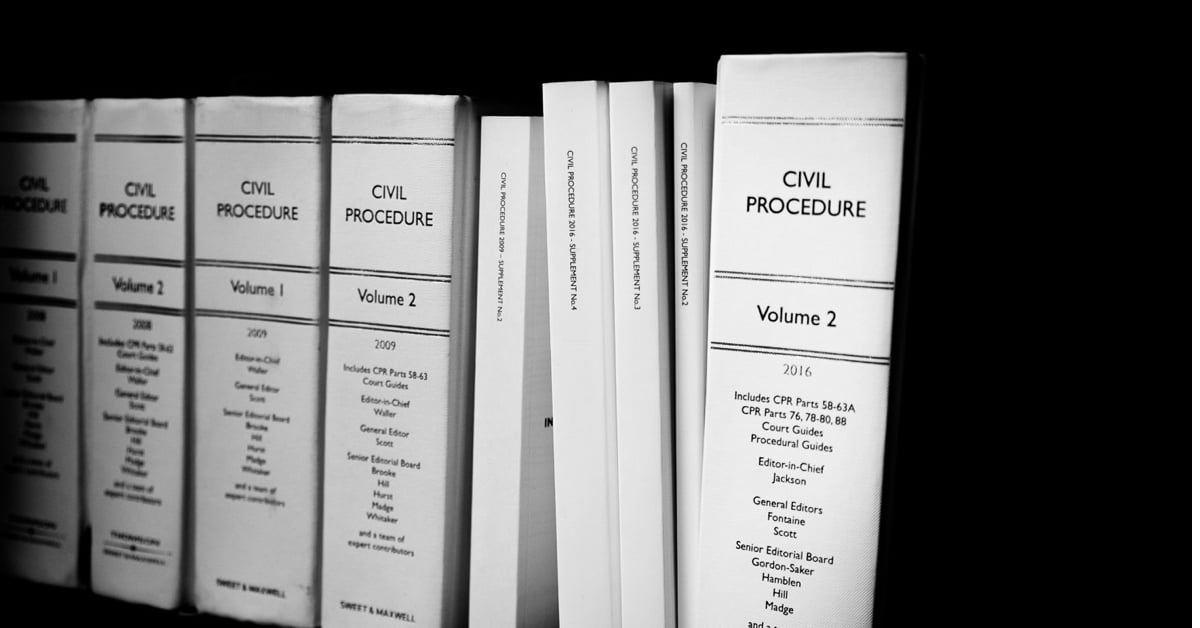
In
this High Court appeal, the Hon. Mr Justice Mann takes a close look at the decision of the UK IPO Hearing Officer (Mr Oliver Morris) in relation to a UK opposition, and, in particular, considers whether or not it is appropriate when considering likelihood of confusion in validity proceedings to identify different types of average consumer based on their differing perceptions of a mark. In June 2015, Matalan Ltd (‘Matalan’) applied for the UK trademark SOULUXE (stylised) in classes 18, 25, 28 and 35. This application (as far as it related to class 25) was opposed by SoulCycle Inc (‘Soul Cycle’) on the basis of a likelihood of confusion with their earlier registrations under s.5(2)(b) TMA 1994. Soul Cycle is the owner a number of UK and EU registrations for various marks which all incorporate the word SOUL, sometimes by itself, sometimes as part of a composite or longer word, and in some cases the ‘O‘ is replaced by a ‘flower-like emblem’. The Hearing Officer accepted that for the assessment of a likelihood of confusion it would be useful to consider just one of Soul Cycle’s registrations. The conclusion reached in relation to that registration would then help inform the decision in relation to Soul Cycle’s other registrations. After considering arguments from both parties, the Hearing Officer eventually found that there was no likelihood of confusion between the marks and dismissed Soul Cycle’s opposition. Soul Cycle appealed the decision to the High Court. The appeal by Soul Cycle was based on a number of grounds. In summary, they were:
A. In relation to the comparison of the marks:
- the Hearing Officer failed to give a proper emphasis to the word ‘SOUL’ due to erroneous identification of the mindset of the average consumer;
- the Hearing Officer failed to give effect to how the similarity would be perceived by a group of average consumers who recognised the word ‘SOUL’ at the beginning of the mark;
- the Hearing Officer erred in identifying two groups of average consumer based on their perception of the mark applied for, arguing it was inevitable that any consumer who had seen the earlier mark would have ‘SOUL’ in mind (and thus be in the ‘Soul Group’ (see below)), which would make a finding of conceptual similarity more apparent, and this error would have tainted earlier findings on visual and aural similarity.
B. If the Hearing Officer had not erred in relation to identifying the two groups of average consumer, he had not followed through properly in relation to the second group (the ‘Soul Group’) and had elided that group with the other group (the ‘Unit Group’).
The most interesting discussion on appeal concerned point (A)(3), namely whether or not the Hearing Officer had erred in identifying two types of average consumer categorised according to their perception of the marks. Counsel for Soul Cycle argued that there should only be one class of average consumer, namely one akin to the Soul Group, who, having experience of Soul Cycle’s earlier mark SOUL, would appreciate that the mark applied for is composed of the word SOUL followed by the less distinctive element LUXE. There was no room in Soul Cycle’s analysis for both the Soul Group and the Unit Group, where the latter sees the mark applied for as a “meaningless word”. The Court disagreed. Considering Hearst Holdings, Interflora and the ‘single meaning rule’, the judge felt that the Hearing Officer’s approach was justified and he was entitled to find that there would be two groups of average with differing perceptions of the mark each relevant to the similarity assessment. Ultimately, the Court found that the Hearing Officer had made no error of principle and had reached a conclusion he was entitled to reach. The decision of Mr Morris was therefore upheld and Soul Cycle’s appeal dismissed. This case provides clarification that there is “no logical reason” why more than one type of average consumer should not be considered in opposition/validity proceedings and that those different groups can have different perceptions for the assessment of a likelihood of confusion.Tags
Fashion /
Trademarks /
Sport /
Disputes
Found this article interesting today?
Send us your thoughts:
Send us your thoughts:
Would you like to read more articles like this?
Stobbs IP Limited
Building 1000
Cambridge Research Park
CB25 9PD
Building 1000
Cambridge Research Park
CB25 9PD
Tel. 01223 435240
Fax. 01223 425258
info@iamstobbs.com
Fax. 01223 425258
info@iamstobbs.com
Website Terms & Conditions
Privacy policy
German office legal notice
Cookie Declaration
Complaints Policy
Copyright © 2022 Stobbs IP
Privacy policy
German office legal notice
Cookie Declaration
Complaints Policy
Copyright © 2022 Stobbs IP
Stobbs (IP) Limited, trading as Stobbs, registered in England and Wales, Company number 08369121.
Registered Office: Building 1000, Cambridge Research Park, Cambridge, CB25 9PD.
VAT Number 155 4670 01.
Stobbs (IP) Limited and its directors and employees who are registered UK trade mark attorneys are regulated by IPReg www.ipreg.org.uk
Registered Office: Building 1000, Cambridge Research Park, Cambridge, CB25 9PD.
VAT Number 155 4670 01.
Stobbs (IP) Limited and its directors and employees who are registered UK trade mark attorneys are regulated by IPReg www.ipreg.org.uk

